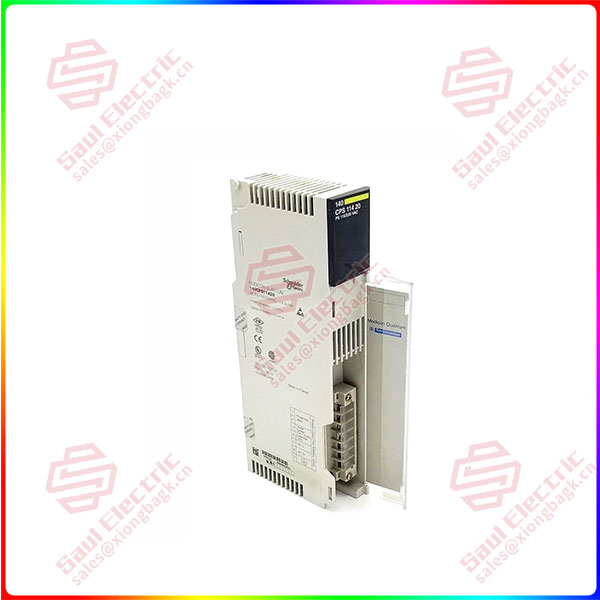The Industrial Internet of Things perception layer, as a bridge between the physical world and the digital world, is the first entrance to data. In reality, because the data source of the perception layer is very diverse, from a variety of multi-source heterogeneous devices and systems, how to obtain data from these devices and systems is the first threshold faced by the industrial Internet of Things. In industry, perception is commonly referred to as industrial data acquisition.
01 Scope of industrial data acquisition
Industrial data acquisition uses ubiquitous sensing technology to collect the information of all elements such as multi-source heterogeneous equipment, system, environment and personnel, and analyzes the collected data through certain interfaces and protocols. The information may come from the added physical sensors, or it may come from the equipment and the system itself.
The “Intelligent Manufacturing Engineering Implementation Guide (2016-2020)” takes intelligent sensing and control equipment as the focus of development of key technical equipment; For intelligent manufacturing, it proposes “network standards such as architecture, interconnection and interoperability, fieldbus and industrial Ethernet convergence, industrial sensor networks, industrial wireless, industrial gateway communication protocols and interfaces”, and points out that: “In view of the problems in data collection, data integration, data calculation and analysis faced in the process of intelligent manufacturing perception, control, decision and execution, the top-level design of the information physical system is carried out.”

140CPS11420
This contains two aspects of information: first, industrial data acquisition is the basis and prerequisite for intelligent manufacturing and industrial Internet of Things, and subsequent data analysis and processing rely on front-end perception; Second, the interconnection between equipment systems can only be realized after the unification of various network standards, and the coexistence of multiple industrial protocols is the current status of industrial data acquisition.
Broadly speaking, industrial data collection is divided into industrial site data collection and data collection of intelligent products/mobile equipment outside the factory (industrial data collection is not limited to the factory, smart buildings outside the factory, urban management, logistics and transportation, intelligent warehousing, Bridges and tunnels and public transportation are all application scenarios of industrial data collection). And to ERP, MES, APS and other traditional information system data collection.
If divided according to the transmission medium, industrial data acquisition can be divided into wired network data acquisition and wireless network data acquisition.
02 Characteristics of industrial data acquisition
Industrial data acquisition has some distinct characteristics, in the face of specific needs, different scenarios will have an impact on the technology selection, such as equipment networking mode, data transmission mode, data localization processing, data aggregation and management.
 1 Year Warranty
1 Year Warranty





